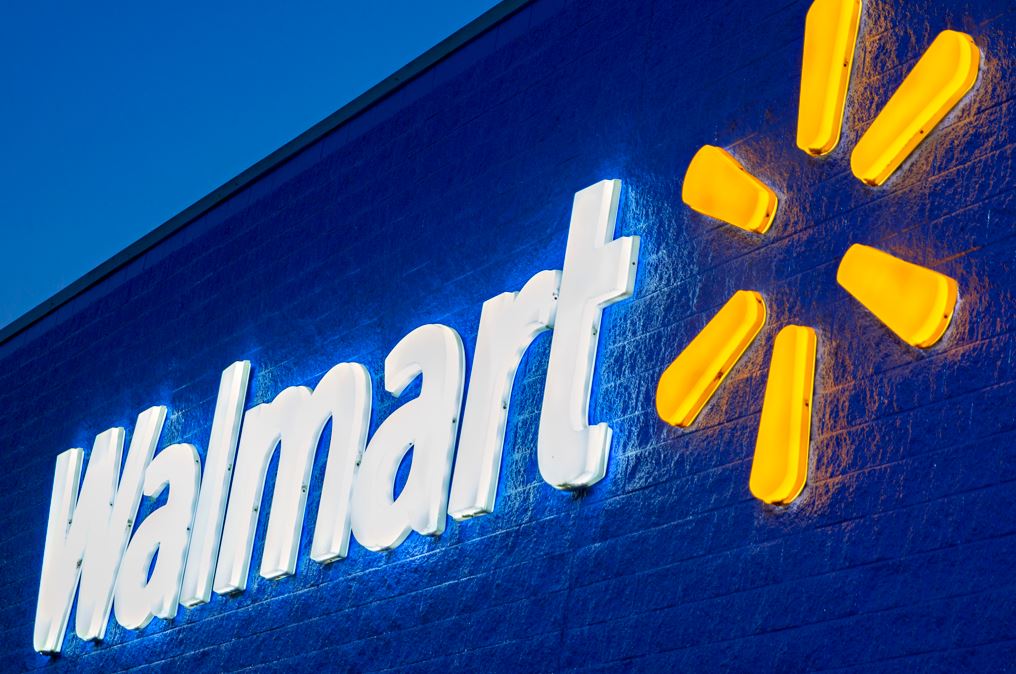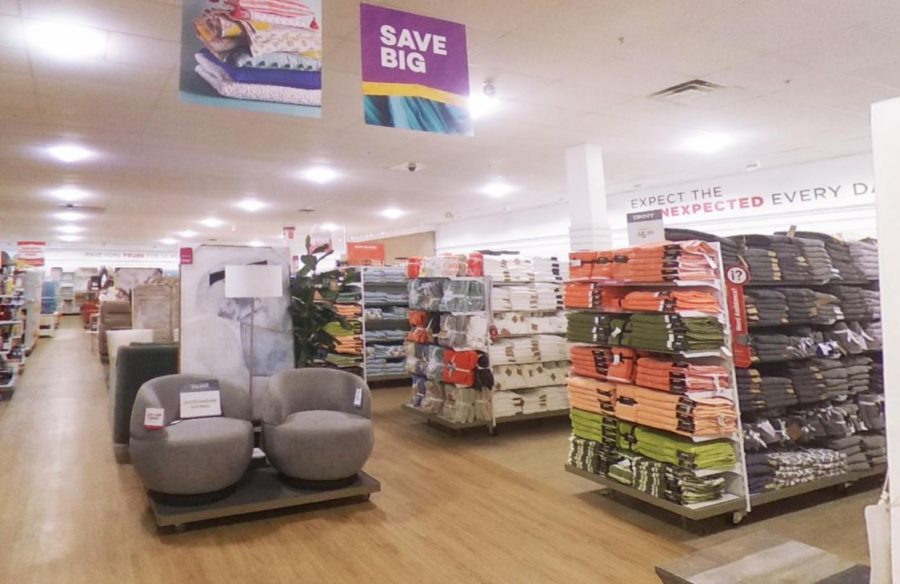
Bentonville, Ark. – Walmart Inc. cut its guidance late yesterday for both the second quarter and full fiscal year. Here’s why.
Food inflation. Food inflation is running at double digits and is higher than at the end of Q1. This is reducing customers’ spend on general merchandise categories.
Markdowns. Slower turnover in general merchandise is requiring more markdowns to move through the inventory, especially apparel.
Product mix imbalance. On the up side, Walmart is gaining market share in grocery as consumers seek out sharper prices on food. As a result, comp sales for Walmart U.S., excluding fuel, are expected to be about 6% for Q2, which is higher than previously expected. However, the heavier mix of food and consumables is negatively affecting gross margin rate.
‘We’re now anticipating more pressure on general merchandise in the back half; however, we’re encouraged by the start we’re seeing on school supplies in Walmart U.S.” said Doug McMillon, Walmart Inc. president and chief executive officer.
MORE
Discretionary categories go soft at Walmart
Walmart: ‘There’s a lot of money out there’
Although Walmart U.S. has made progress in clearing hardline categories and apparel, it’s taking more markdowns than it had planned for, he said. The company is also reducing inventory, managing prices to reflect supply chain costs and inflation and paring storage costs associated with a backlog of shipping containers.
Outlook Not Entirely Grim
Walmart’s updates to its guidance for the full year still anticipates top-line growth. And the company is maintaining its expectations that Walmart U.S. comp sales, excluding fuel, will rise about 3% in the back half of the year.
Its current guidance projects:
- Consolidated net sales growth for the second quarter and full year is expected to be about 7.5% and 4.5%, respectively. Excluding divestitures, consolidated net sales growth for the full year is expected to be about 5.5%.
- Net sales include a headwind from currency of about $1 billion in the second quarter. Based on current exchange rates, the company expects a $1.8 billion headwind in the second half of the year.
- Operating income for the second-quarter and full-year is expected to decline 13% to 14% and 11% to 13%, respectively. Excluding the divestitures of its operations in the UK and Japan during the first quarter, operating income for the full year is expected to decline 10% to 12%.
- Adjusted earnings per share for the second quarter and full year is expected to decline around 8% to 9% and 11% to 13%, respectively. Excluding divestitures, adjusted earnings per share for the full year is expected to decline 10% to 12%.
In early June, execs said Walmart’s over-abundance of discretionary inventory was still being worked through, a process that was expected to extend partway into the third quarter. However, the company sounded a more optimistic note at the time, saying that despite the inflationary environment, it would continue to grow the top line.
Editor-in-Chief Jennifer Marks shares news and views from around the home textiles marketplace.






















